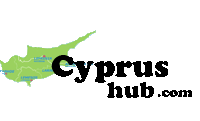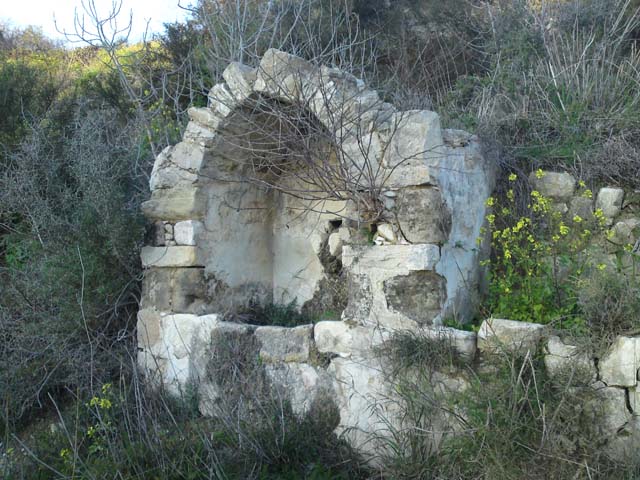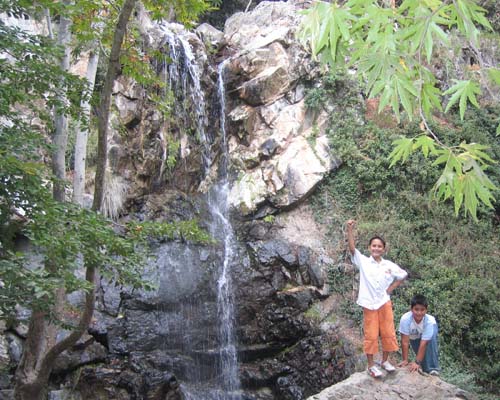Paphos-Sites and Monuments
Pafos Mosaics
The Pafos (Paphos) mosaic dating from the 3rd to the 5th centuries A.D. are considered among the finest in the eastern Mediterranean. Depicting mainly scenes from Greek mythology they were discovered accidentally in 1962. The mosaics at the House of Dionysos depict the god of wine, while the House of Thyseus is named after a mosaic showing the ancient Greek hero brandishing a club against the Minotaur. Many other superb panels can be seen in other houses such as in the House of Aion, the House of Orpheus and the House of the Four Seasons.
| Accreditation: | Unesco World Heritage |
| Address: | Kato Pafos, Pafos |
| Operating Hours: | Daily: 08:00 - 17:00 (November - March), 08:00 - 18:00 (April - May, September - October), 08:00 - 19:30 (June - August) |
| Operating Period: | All year round |
| Entrance Fee: | 3,42 Euro |
Tombs of the Kings
The “Tombs of the Kings” are situated close to the sea in Tafon ton Vasileon Avenue. They are rock cut and date to the Hellenistic and early Roman periods. Some of them imitate the houses of the living, with the rooms (here the burial chambers) opening onto a peristyle atrium. They are similar to tombs found in Alexandria, demonstrating the close relations between the two cities during the Hellenistic period.
| Accreditation: | Unesco World Heritage |
| Address: | Tafon ton Vasileon, Pafos |
| Operating Hours: | Daily: 08:00 - 17:00 (November - March), 08:00 - 18:00 (April - May, September - October), 08:00 - 19:30 (June - August) |
| Operating Period: | All year round |
| Entrance Fee: | 1,71 Euro |
Sanctuary of Aphrodite at Palaepafos
The ancient town of Palaipafos is located within the limits of the modern village of Kouklia, Palaipafos remained the largest rural and religious centre of western Cyprus Here stood the famous sanctuary of Aphrodite, the most ancient remains of which date back to the 12th century B.C. The glorious days of the sanctuary lasted until the 3rd to the 4th centuries. The museum, housed in a Lusignan Manor, exhibits many interesting finds from the area.
| Accreditation: | Unesco World Heritage |
| Address: | Kouklia, Pafos |
| Operating Hours: | Monday, Tuesday, Wednesday, Friday, Saturday, Sunday: 09:00 - 16:00, Thursday: 08:00 - 17:00 |
| Operating Period: | All year round |
| Entrance Fee: | 3,42 Euro |
Panagia Chryseleousa Church
Situated in Empa village near Pafos (Paphos), this is actually a combination of two churches. The eastern section was built in the 12th century. Later in the 13th century; an extension was made to the west with a domed building. The church retains valuable wall paintings of the 12th, 13th, 15th and 16th centuries.
| Address: | Empa, Pafos |
| Operating Period: | All year round |
Pafos Medieval Fort (Castle)
The fort of Nea Pafos (Paphos) is located at the west end of the harbor. It was built during the Frankish occupation in the 13th.The fort has only one entrance on its east side and very small windows. Its main part is a big square tower that has an enclosed courtyard in the middle. The ground floor consists of a central hall with small rooms on each of its two long sides.
| Accreditation: | Unesco World Heritage |
| Address: | Kato pafos, Pafos |
| Operating Hours: | Daily: 08:00 - 17:00 (November - March), 08:00 - 18:00 (April - May, September - October), 08:00 - 19:30 (June - August) |
| Operating Period: | All year round |
| Entrance Fee: | 1,71 Euro |
Lempa Prehistoric Settlement
Excavations have brought to light an important settlement of the Chalcolithic period. Replicas of two houses from this period have been constructed near the site.
| Address: | Lempa, Pafos |
| Operating Period: | All year round |
Saranta Kolones Castle
The Byzantine castle known as Saranta Kolones (Forty Columns) is located just north of the harbour of Kato Pafos (Paphos). It takes its name from the large number of granite columns that were found on the site. The castle is believed to have been built at the end of the 7th century AD to protect the port and the city of Nea Pafos from Arab raids and later remodeled by the Lusignans. A three-metre thick wall with eight towers and a moat surrounded the castle. Access was across a wooden bridge spanning the moat.
| Accreditation: | Unesco World Heritage |
| Operating Period: | All year round |
Agios Georgios Pegeia Archaeological Site
Agios Yeorgios (St George) at Peyeia is a well-known pilgrimage site on Cape Drepanon in the Pafos district in the west of Cyprus. In this area, between 1952 and 1955, the Department of Antiquities of Cyprus excavated three Early Christian basilicas and a bath, all dated to the 6th century. The excavations were continued by the Aristotelean University of Thessaloniki in 1992-98, and then taken over by the Hellenic Ministry of Culture’s Archaeological Expedition in Cyprus in 1999. During the excavations an extensive unwalled settlement was revealed occupying the neck and the south slope of the cape in the Roman and Early Christian periods. The settlement flourished under Justinian I (527-565 A.D.)
| Address: | Pegeia, Pafos |
| Operating Hours: | Daily: 08:00 - 17:00 (November - March), 08:00 - 18:00 (April - May, September - October), 08:00 - 19:30 (June - August) |
| Operating Period: | All year round |
| Entrance Fee: | 1,71 Euro |
Agia Paraskevi Byzantine Church
This interesting 9th century Byzantine church in Geroskipou has beautiful wall paintings and a five - domed basilica in the form of a cross – only one of two such churches on the island.
| Address: | Geroskipou, Pafos |
| Operating Hours: | Monday - Saturday: 08:00 - 13:00, 14:00 - 17:00, April - October: 08:00 - 13:00, November - March: 14:00 - 16:00 |
| Operating Period: | All year round |
Agia Solomoni Church
The so-called Catacomb of Agia Solomoni was originally built in the Hellenistic period. It consists of an open court surrounded by five rock - cut chambers, one of which has a spring. The west chamber has an apse set into the west wall and remnants of Christian wall paintings. It is clear that at some later point it was converted into a church. Agia Solomoni was one of the first to reject idolatry and embrace Christianity. According to tradition, Solomoni took refuge in the cave to escape persecution from the Romans. The Romans walled up the entrance, condemning her to a slow and cruel death. However, when the cave was opened 200 years later, the Saint walked out alive. There is a huge terebinth tree above the “catacomb”, its branches adorned by colourful rags and bits of clothing left by the faithful as offerings to the saint.
| Address: | Leoforos Agiou Pavlou, Kato Pafos |
| Operating Period: | All year round |
Panagia tou Sinti Monastery
This abandoned monastery is situated on the banks of the Xeros River. The 16th century central nave is in good condition and considered one of the most important buildings of the Venetian period. In 1977 it received the Europa Nostra Award for the restoration and conservation work carried out on it.
| Address: | Pentalia, Pafos |
| Operating Period: | All year round |
Chrysorrogiatissa Monastery
It was established in 1152 by monk Ignatios who, according to popular belief, found a miraculous icon of the Virgin Mary off the shore of Pafos (Paphos) that had been thrown into the sea in Asia Minor during the iconoclastic controversy and carried by the waves to Cyprus. The monastery was restored at the end of the 18th century. An impressive religious ceremony is held on August 15th. The monastery’s old winery produces some of the finest Cypriot wine.
| Address: | Panagia, Pafos |
| Operating Hours: | Daily: 09:30 - 12:30, 13:30 - 18:30 (May - August) , 10:00 - 12:30, 13:30 - 16:00 (September - April) |
| Operating Period: | All year round |


